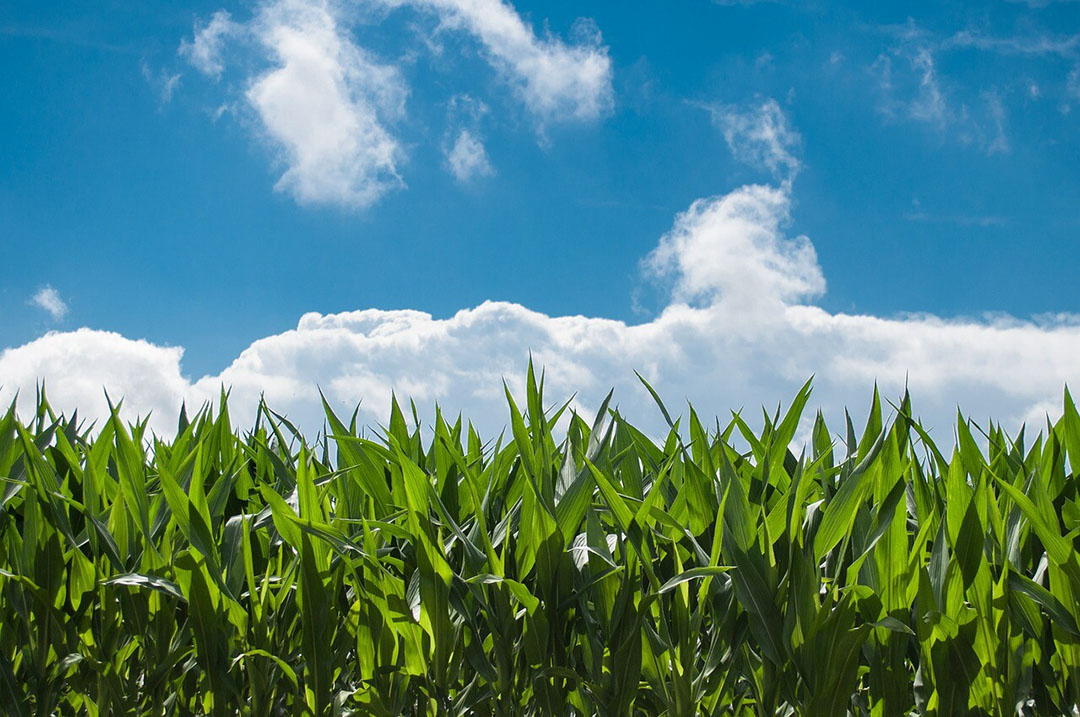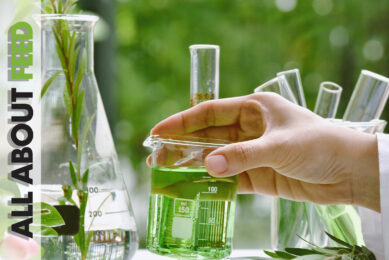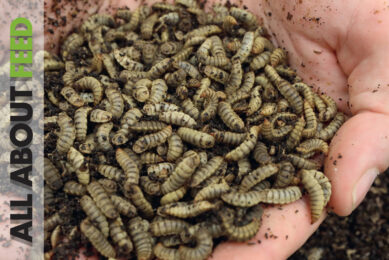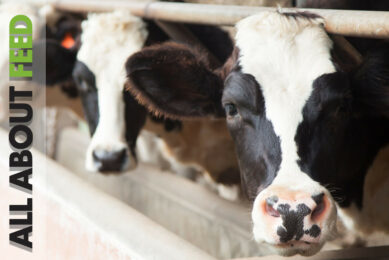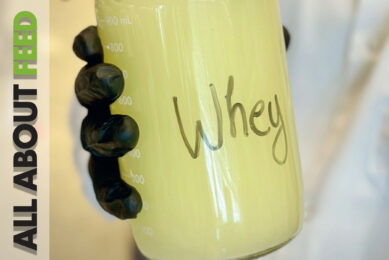Introducing the 7th edition of All About Feed for 2021
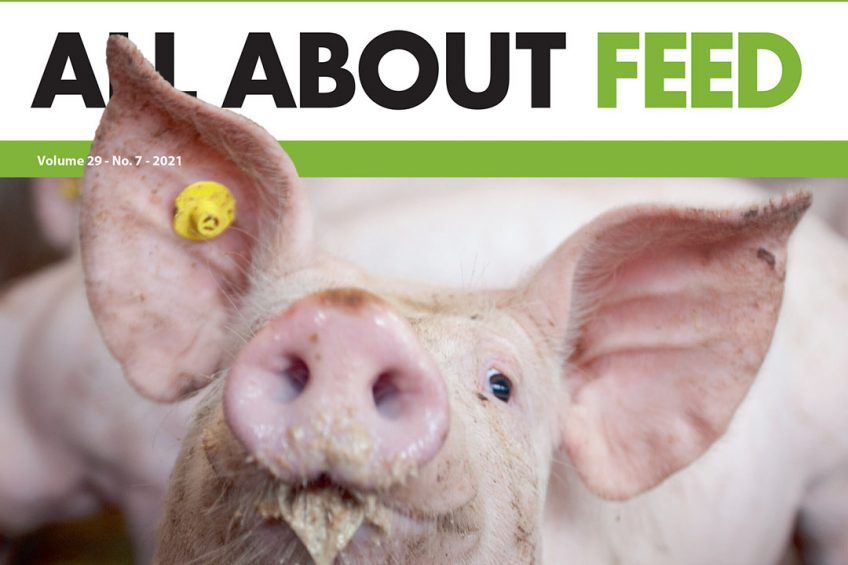
In this 7th edition, All About Feed investigates the recent decision by the EU to lift the ban on the use of animal by-products for animal feed. And takes a closer look at the potential of lupins as a high-protein substitute for soybean meal in the feed ration for dairy cows, pigs and poultry. Also featured in this edition, a review of the research which reveals that lucerne, red clover and white clover increase the nutritive value and milk production response of grass-based diets.
EU lifts ban on using animal by-products
The EU has lifted its ban on the use of animal by-products for animal feed. The proposed change in legislation, which has been welcomed by the industry, allows processed animal protein from pigs to be used in poultry feed and from poultry to be used in pig feed. All About Feed explores.
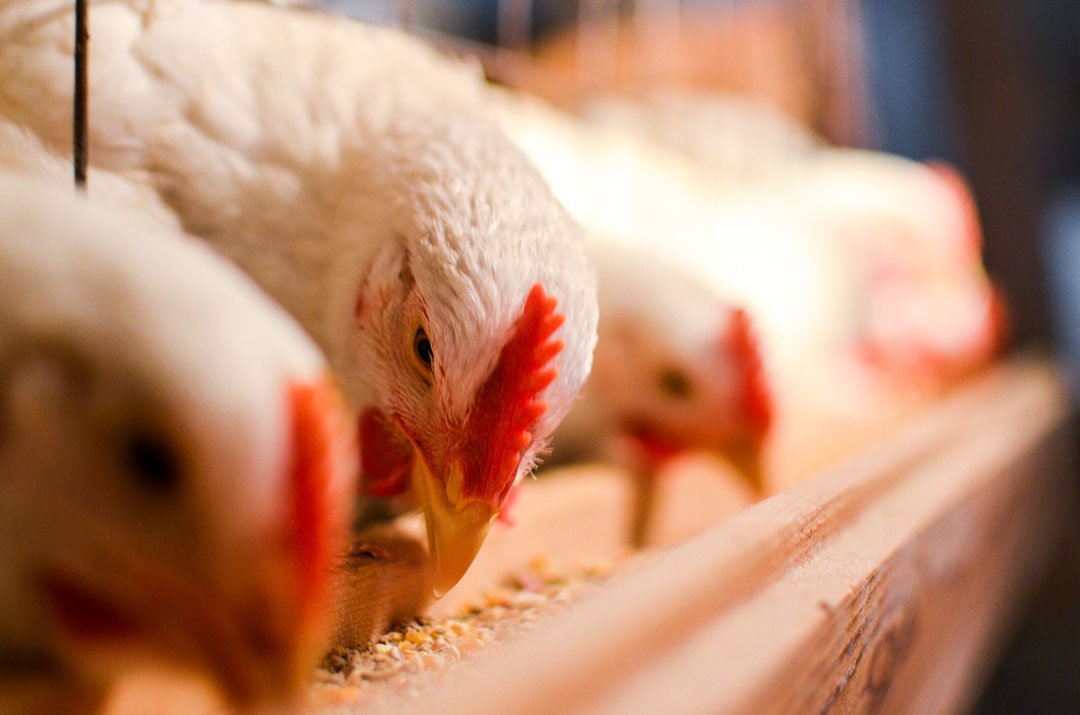
Alltech ONE discusses how to feed the future
At the recent virtual Alltech ONE ideas conference, several thought-provoking presenters shared their insights on how to feed our livestock in the future. Topics covered included carbon footprints, sustainable feed sources and human and animal health.
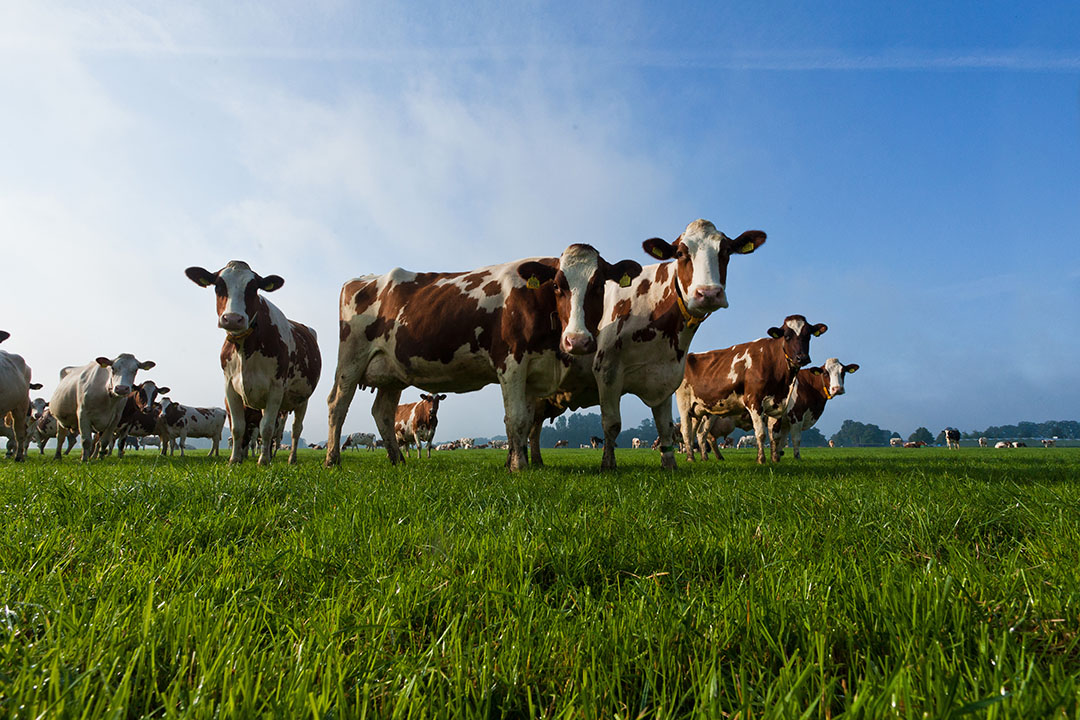
Medium-chain fatty acids and their derivatives: New potential for gut wellness
As the feed industry continues to investigate optimal alternatives to the use of antibiotics, studies reveal that medium-chain fatty acids and their derivatives could improve animal microbiota. All About Feed analyses the findings.
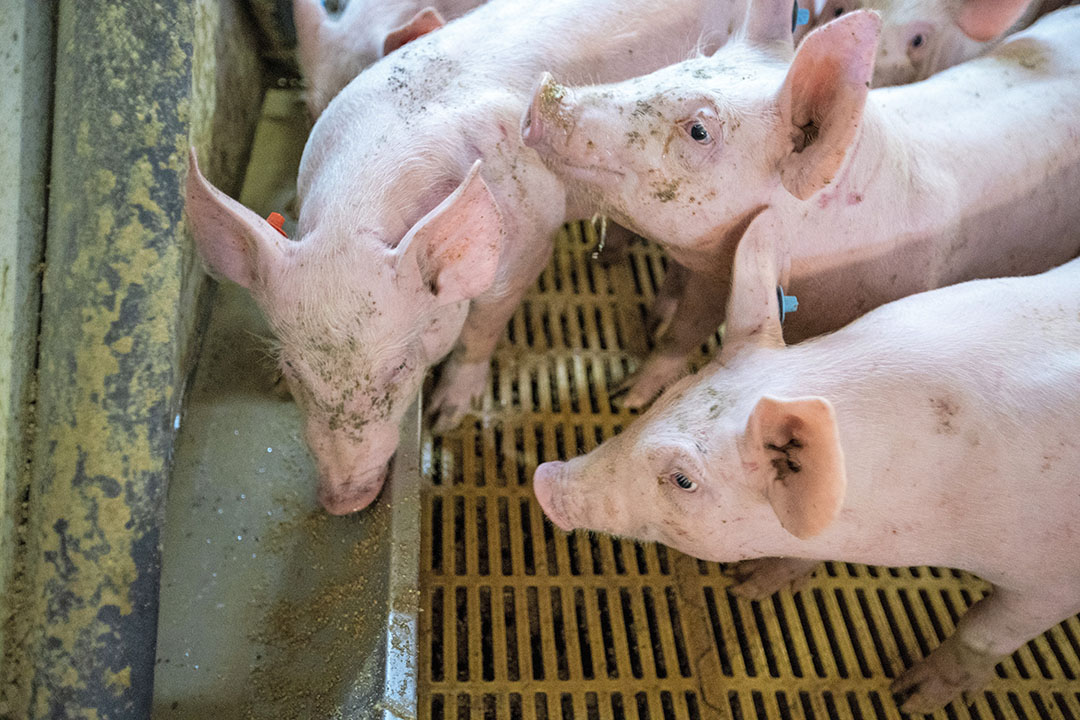
Oats instead of barley: A good choice to reduce methane
This article reviews a study that finds that replacing barley with oats in the diet of dairy cows fed a grass silage-based diet could be used to mitigate enteric CH4 emissions. If adopted by farmers, this strategy could prove both sustainable and easy to implement without compromising animal performance.
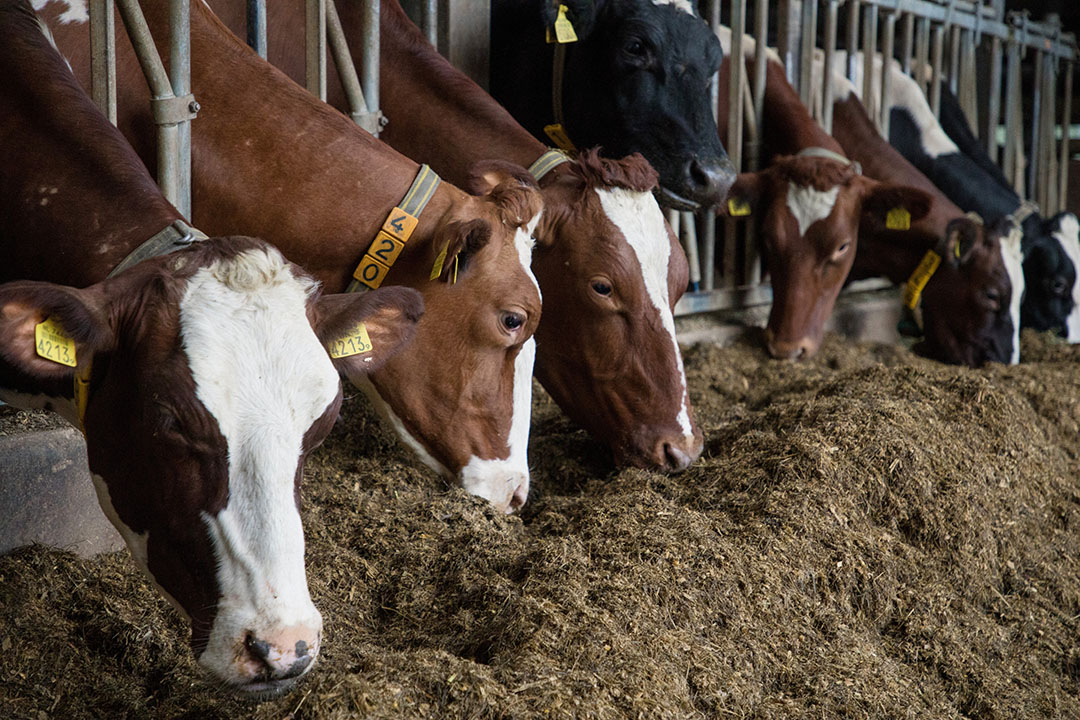
View number 7 issue of All About Feed
Wood residues in ruminant nutrition
Since being used to overcome severe feed shortages after World War 2, our understanding of wood residue for animal feed continues to evolve. Now, studies show that treating these materials has resulted in their improved digestibility and nutritional value.
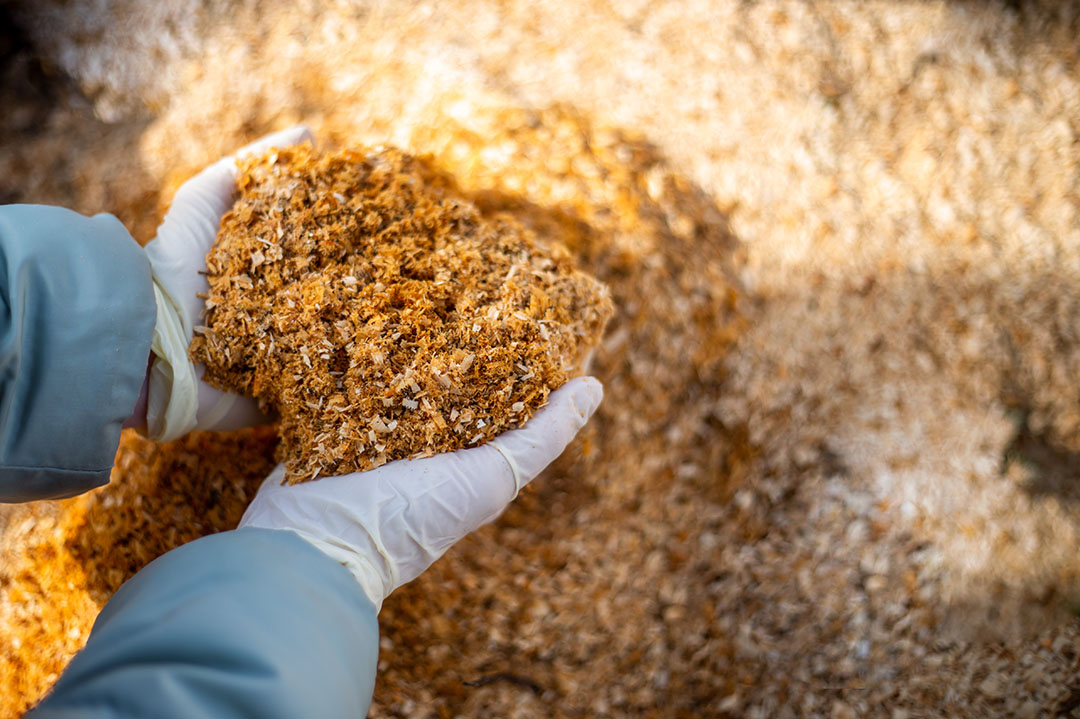
Animal liver protection: The silver bullet against mycotoxins
To relieve the pressure from consistently rising feed ingredient prices, some feed producers have resorted to using stale grain. This has increased the risk of mycotoxin contamination and has highlighted the need to ensure liver protection for overall animal health.
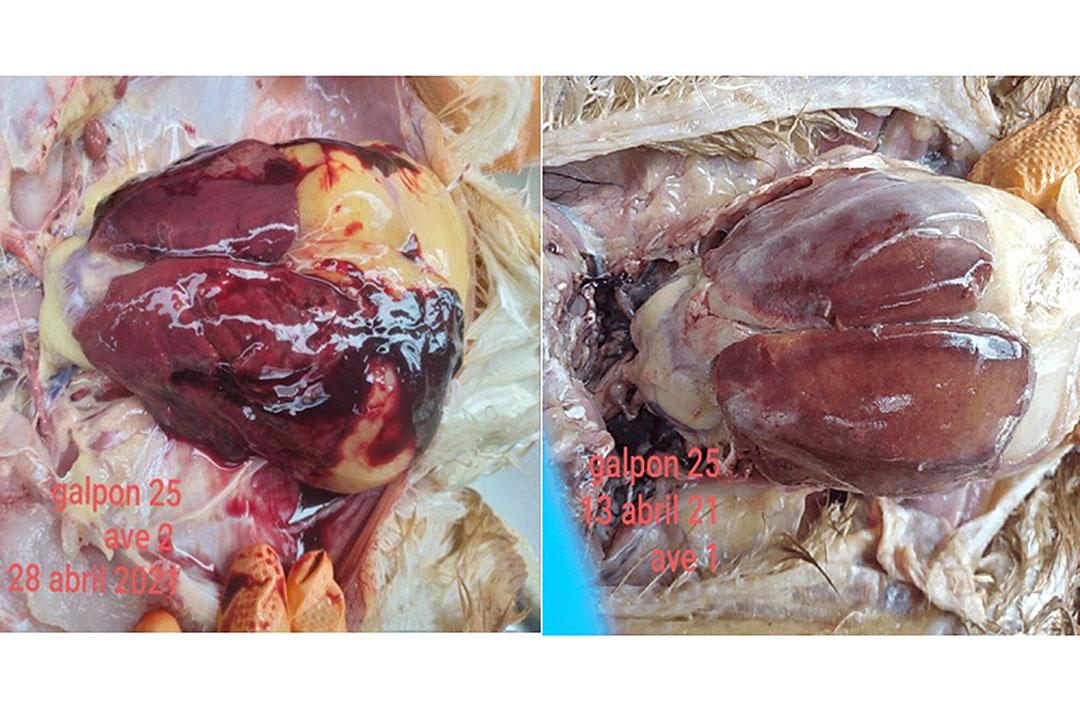
The potential of lupins as a soy alternative
This article examines the potential of lupins as a high-protein crop to substitute soybean meal in the feed rations for dairy cows, pigs and poultry.
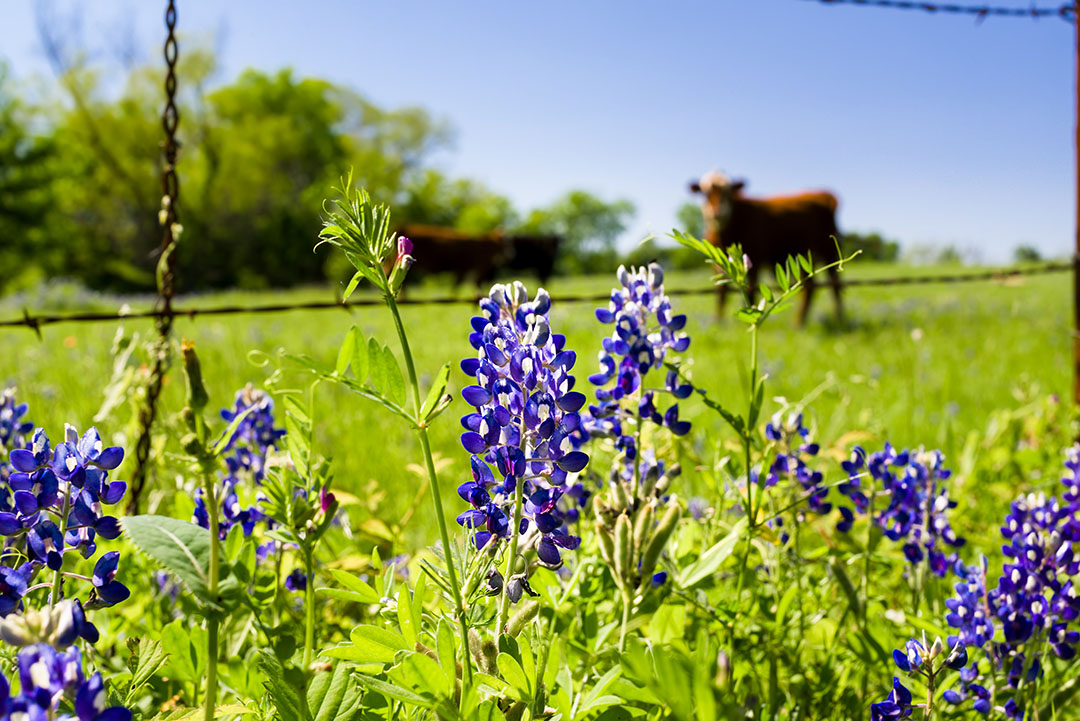
Exploring the benefits of perennial legumes
Research by the 3030 Project – an initiative of Dairy Australia which aims to achieve a 30% improvement in farm profit by increasing consumption of home-grown forage by 30% – has found that lucerne, red clover and white clover increase the nutritional value and milk production response from grass-based diets.
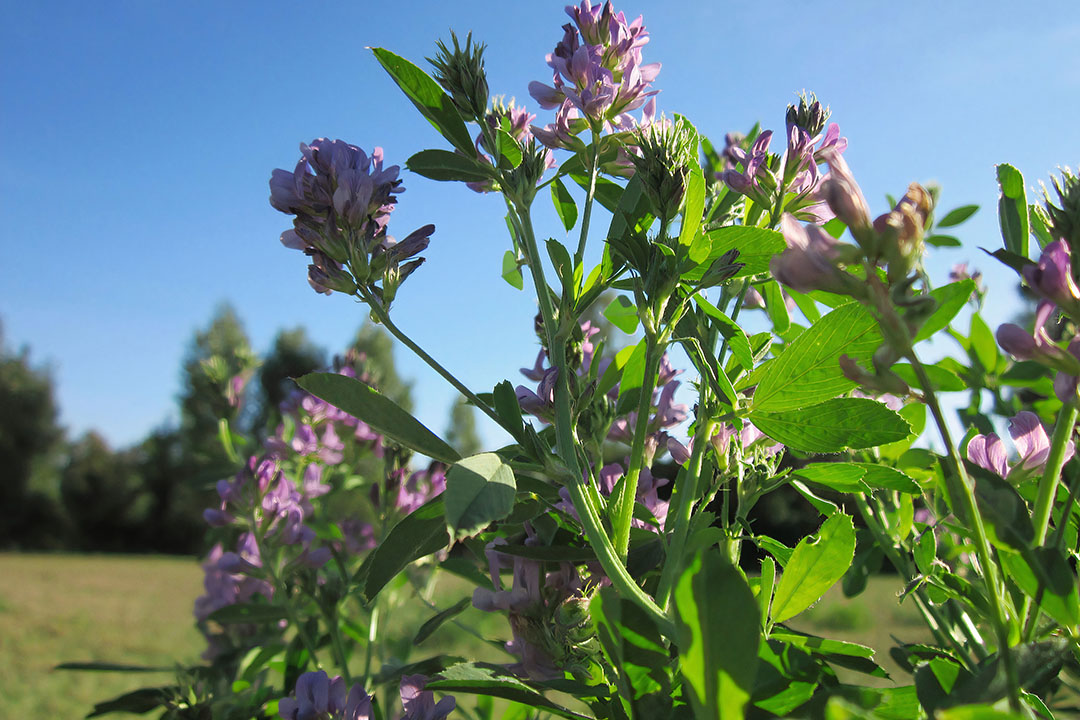
Managing oxidation and preserving feed quality
The efficient use of antioxidants serves as a key input to preserving valuable nutrients and protecting feed from oxidation, thus ensuring optimal animal health, performance and carcass quality.
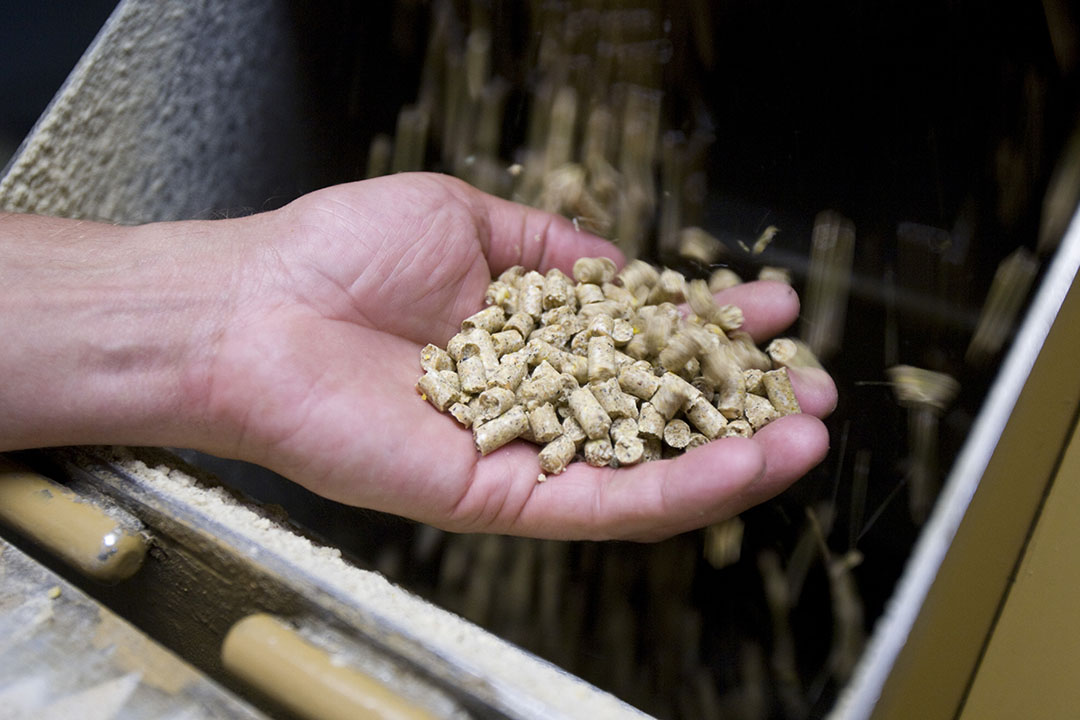
Supporting cattle sustainability credentials
With animal feed typically representing the most significant variable cost in producing animal products, lowering food loss and waste in livestock production systems will contribute to the bottom line and slow the pace of climate change.
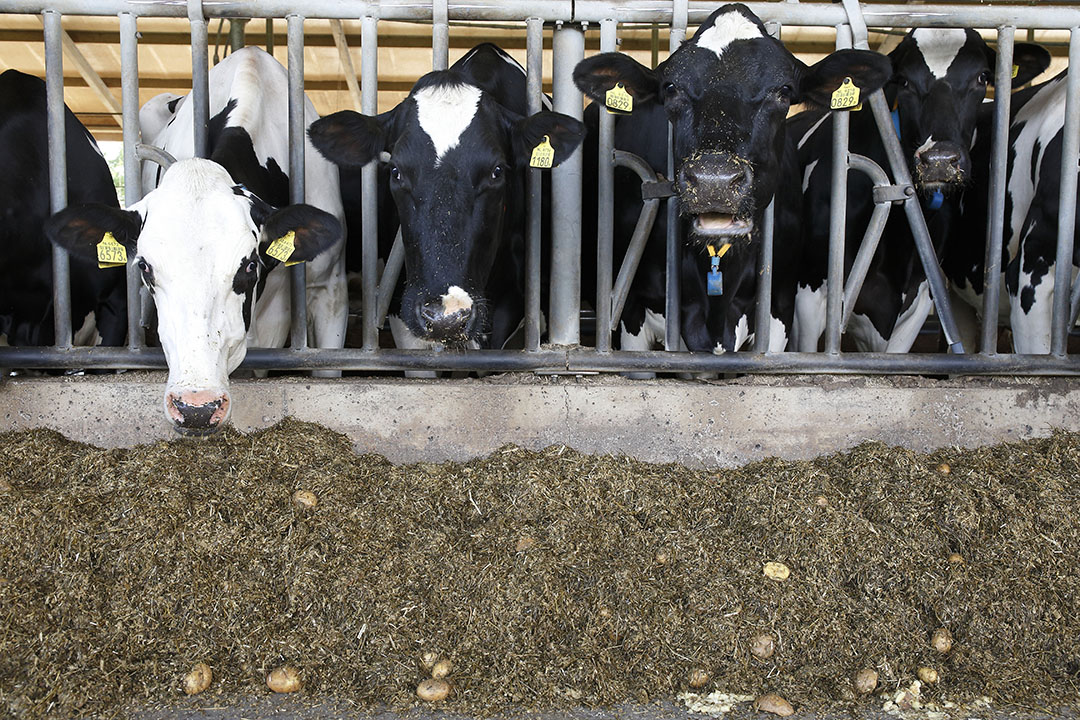
View number 7 issue of All About Feed
From the US to India, turning food waste into milk
Globally, progress is being made to ensure human food waste and food processing by-products are converted back into nutritious products by dairy cattle. From the US to India, we look deeper into food waste as cow nutrition.
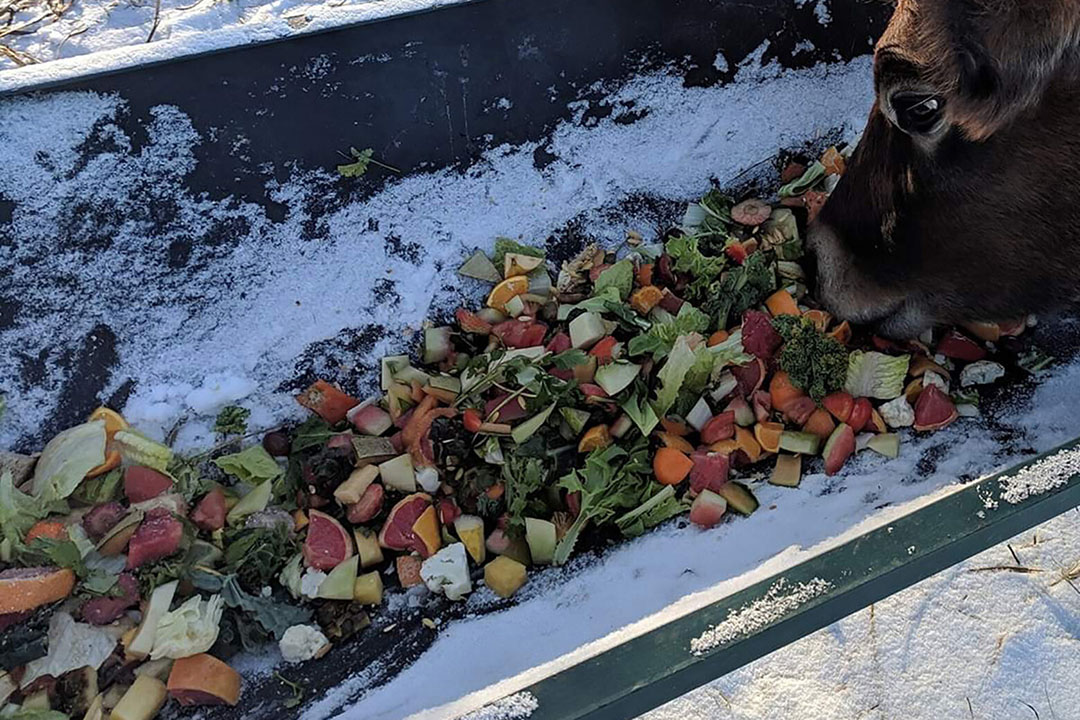
Feed additive cuts cow emissions by half
Research suggests that the best and most realistic way to lower methane emissions from cows is via feed. This article explores findings from a Danish project that aims to reduce dairy cows’ emissions by 50% through a triple-action cattle feed additive.
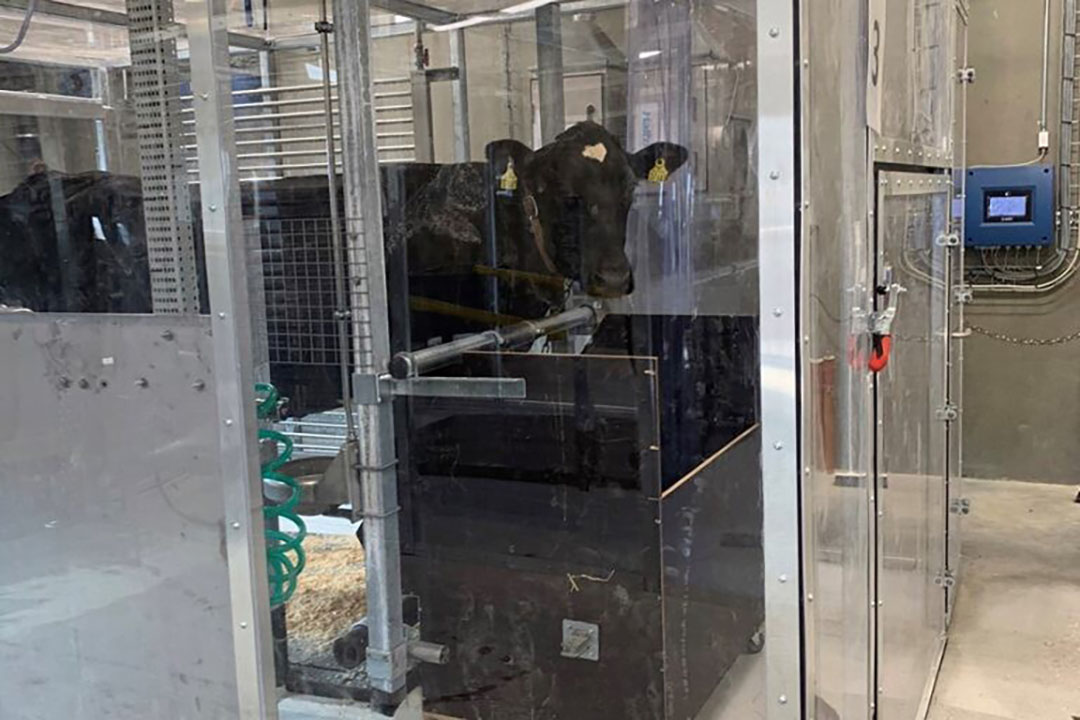
Counteracting the anti-nutritional effects of calcium
Although calcium and phosphorous are 2 vital minerals for animal development and function, feeds are often over-supplemented with calcium, which can lead to some negative effects. All About Feed investigates how supplementing the right phytase can overcome this.
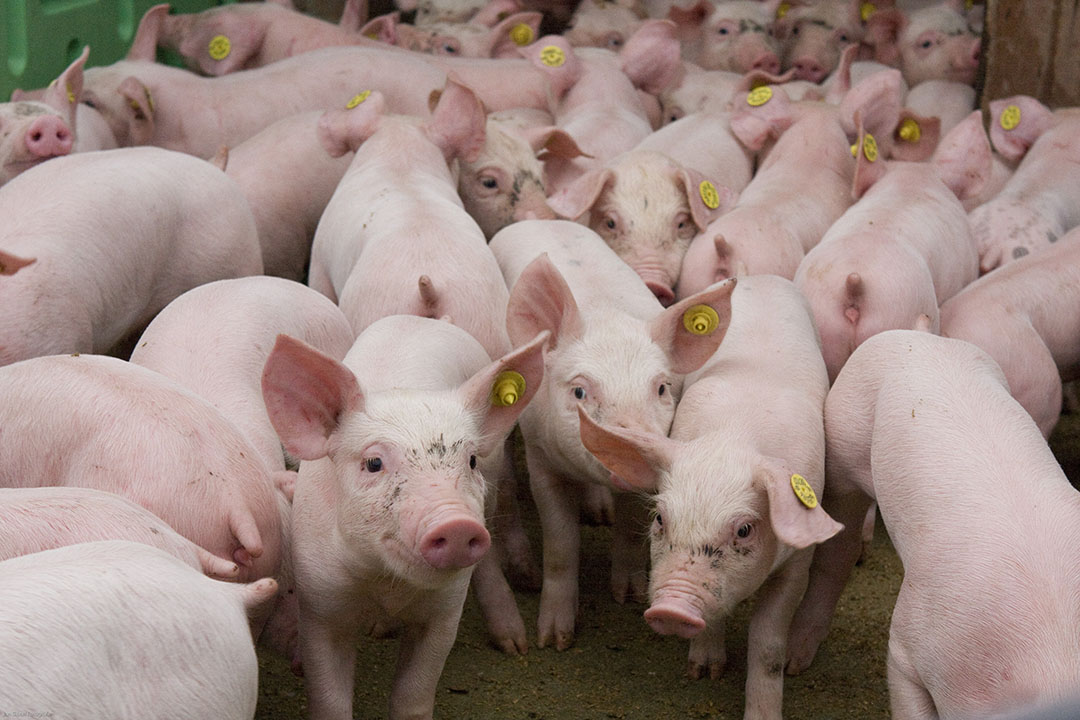
Philippines: Covid-19 and ASF constrain livestock feed demand
As maize production output in the Philippines looks set to achieve record highs, Covid-19 and African Swine Fever continue to constrain the demand for livestock feed.
